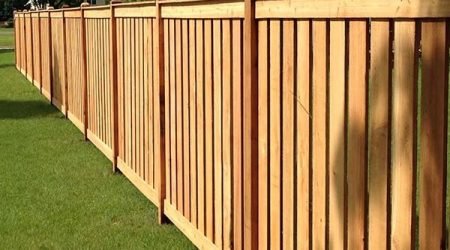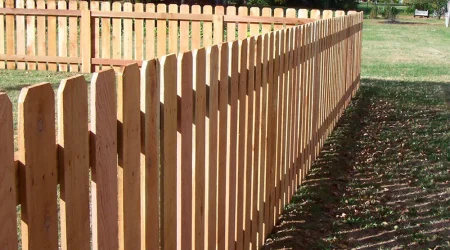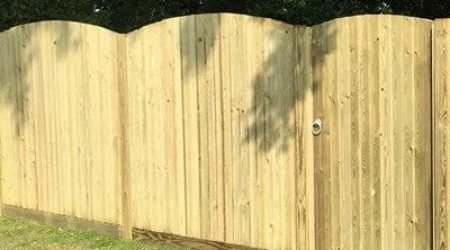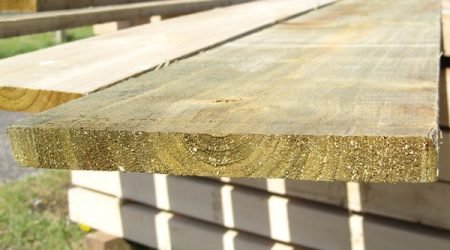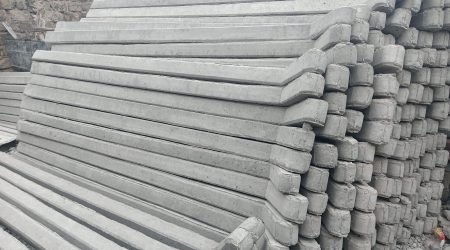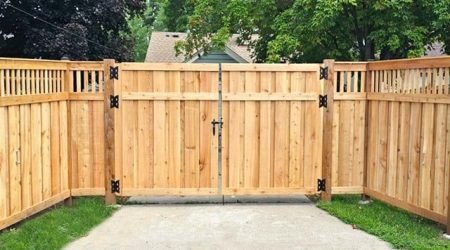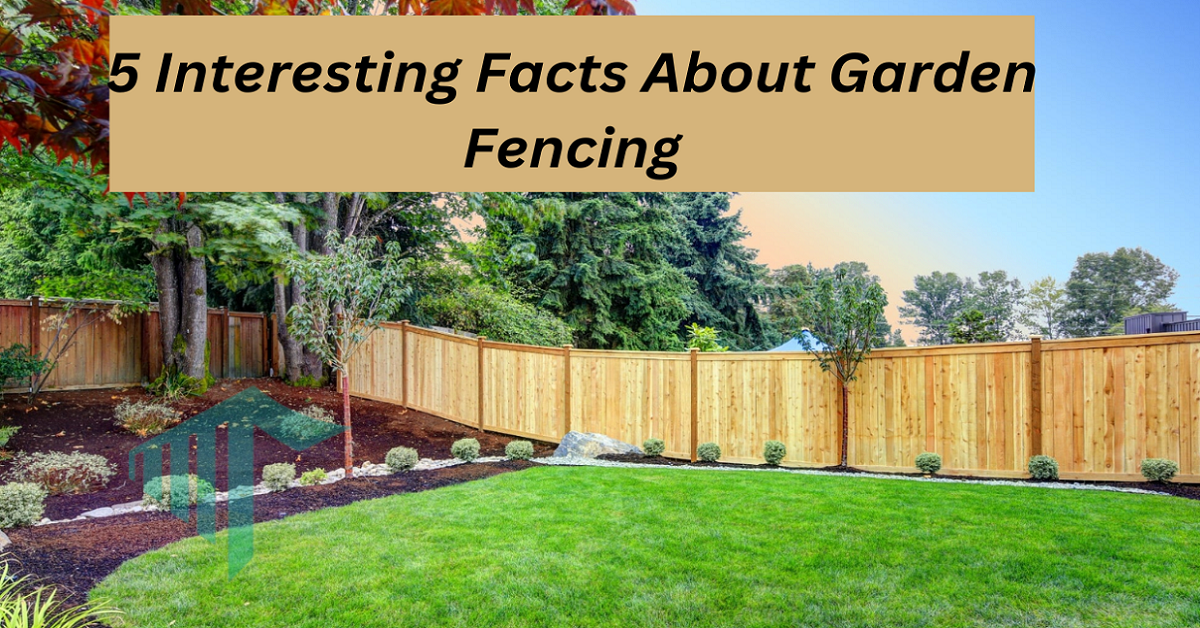Garden fencing is more than just a boundary for your outdoor space; it’s a versatile element that adds aesthetic appeal, security. And functionality to your garden. In this article, we’ll explore 5 interesting facts about garden fencing that showcase its historical roots, modern innovations, and eco-friendly practices.
Table of contents
Fact 1: Historical Significance of Garden Fencing
Garden fencing has a rich history dating back to ancient civilizations. From the elaborate gardens of the Babylonians to the manicured lawns of European estates, fencing has played a crucial role in defining and protecting outdoor spaces. Understanding this historical context adds depth to the appreciation of garden fencing as a timeless element of landscape design.

Fact 2: Types of Garden Fencing Materials
Modern garden fencing offers a wide range of materials to suit various needs and styles. From classic wooden fences that exude rustic charm to sleek metal designs for contemporary aesthetics, homeowners can choose from an array of options. Additionally, eco-conscious individuals can opt for sustainable materials like bamboo or recycled plastics, blending functionality with environmental responsibility.
Fact 3: Benefits of Garden Fencing
The benefits of garden fencing extend beyond mere aesthetics. Fences provide privacy, security, and protection from wildlife, making them essential for maintaining a peaceful and well-maintained garden environment. They also serve as a backdrop for landscaping elements, such as climbing plants or decorative panels, enhancing the overall visual appeal of the outdoor space.
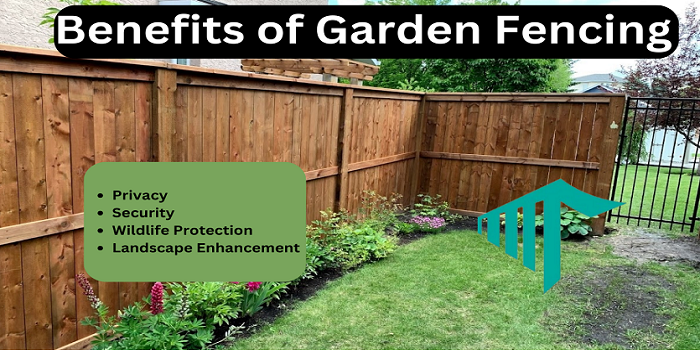
| Benefit | Explanation |
| Privacy | Garden fencing creates a private space for homeowners, shielding them from prying eyes and creating a tranquil environment for relaxation or outdoor activities without unwanted intrusion. |
| Security | Fences act as a deterrent to trespassers and intruders, helping to protect valuable property, equipment, and plants from theft or damage. They also prevent pets or children from wandering off unsupervised, adding a layer of safety to the garden area. |
| Wildlife Protection | Garden fencing keeps out unwanted wildlife such as rabbits, deer, or rodents that may damage plants or disrupt the garden ecosystem. It helps maintain a controlled environment conducive to plant growth and preservation. |
| Landscape Enhancement | Fences serve as a backdrop for various landscaping elements like climbing plants, decorative panels, or outdoor art, enhancing the overall aesthetics of the garden and adding visual interest to the outdoor space. |
Fact 4: Creative and Decorative Garden Fencing Ideas
Garden fencing offers endless opportunities for creativity and customization. From ornate wrought iron designs to whimsical picket fences, homeowners can showcase their personality and style through unique fencing options.
Incorporating artistic elements like mosaic patterns, trellises for vertical gardening, or integrated lighting . Which can elevate the aesthetic appeal of the garden while adding functional features.
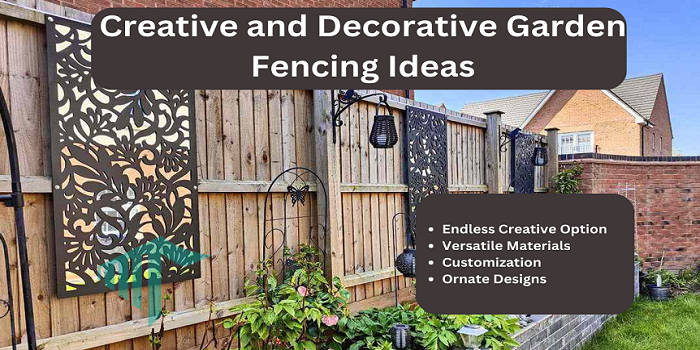
- Endless Creative Options: Garden fencing provides a canvas for expressing creativity and personal style, allowing homeowners to design unique and eye-catching features.
- Versatile Materials: Choose from a range of materials like wrought iron, wood, vinyl, or composite for diverse design possibilities that suit different aesthetic preferences and functional needs.
- Customization: Tailor the height, color, and design of the fence to suit your garden’s theme and your preferences, creating a cohesive and personalized outdoor space.
- Ornate Designs: Explore intricate patterns and details in wrought iron fences for a sophisticated and timeless look that adds elegance to your garden.
Fact 5: Sustainable Practices in Garden Fencing
As environmental awareness grows, so does the demand for sustainable garden fencing solutions. Reclaimed wood, composite materials made from recycled plastics. And natural alternatives like living fences or hedges promote eco-friendly practices without compromising on durability or aesthetics. Integrating sustainable practices into garden fencing aligns with the principles of conservation and responsible landscaping.
Embracing sustainable garden fencing solutions not only benefits the environment but also contributes to a healthier and greener living space. Using reclaimed wood or composite materials made from recycled plastics reduces waste and promotes the circular economy.
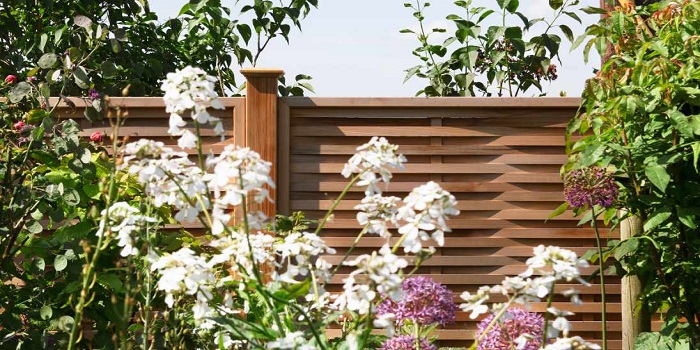
Natural alternatives like living fences or hedges not only provide privacy and beauty but also support biodiversity by creating habitats for birds, insects, and small animals. By integrating these eco-friendly practices into garden fencing, homeowners can enjoy a beautiful outdoor space. While minimizing their ecological footprint and contributing to a more sustainable future.
Conclusion
Garden fencing embodies a blend of history, functionality, and creativity, making it an integral part of outdoor living spaces. By exploring its historical significance, diverse material options, practical benefits, creative possibilities, and interesting facts about garden fencing. Further sustainable practices, homeowners can make informed choices that enhance their gardens while contributing to a greener future.
Read More 5 Interesting Facts About Garden Fencing
FAQs about Garden Fencing
Sustainable materials like bamboo, reclaimed wood, and composite materials made from recycled plastics are excellent choices for eco-friendly garden fencing.
Incorporate decorative elements such as trellises, artistic panels, or integrated lighting to add flair and visual interest to your garden fencing.
Local regulations and homeowners’ association guidelines may dictate height restrictions, materials usage, and property line considerations for installing garden fencing.
Maintenance varies depending on the material; for example, wooden fences may require periodic staining or sealing, while metal fences may need rust prevention treatments.


